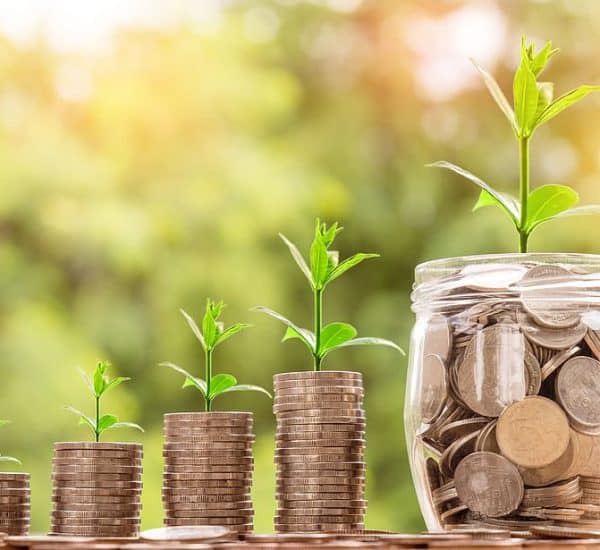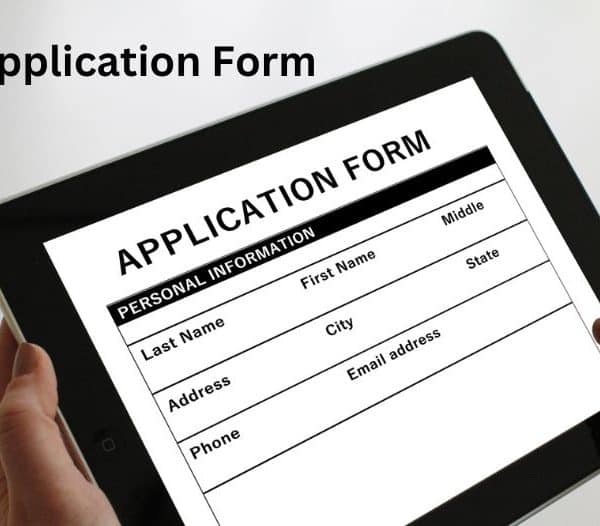Web3 also referred to as Web 3.0, is a notion for a new version of the World Wide Web-based on blockchain technology and incorporating decentralisation and a token-based economy. Gavin Wood, one of Ethereum’s co-founders, coined the term in 2014.
In the IAS prelims and mains, the issue is likely to be asked as a current events question or as a science and technology question. Use UPSC Pathshala’s free daily video analysis of magazines to supplement your preparation as UPSC 2022 approaches.
Also Read: Practice Question Set for UPSC: Check Out the Questions on Current Affairs for Prelims 2022!
Web 3.0 UPSC
The founding network protocols of cryptocurrency technology and blockchain will be used by Web 3.0 networks, and there is predicted to be a significant confluence as well as a symbiotic interaction between the above three technologies and other sectors.
They’ll be interoperable, seamlessly linked, and automated by smart contracts, and they’ll be used for everything from microtransactions to censorship-resistant P2P data file storage and exchange via Filecoin-like applications, to completely altering how businesses conduct and function. The current deluge of Defi technologies is just the start.
What is Web 3.0?
Web 3.0 is the future generation of the internet, in which apps and websites will be able to handle data in a human-like manner using technologies like Big Data, machine learning (ML), and decentralised ledger technology (DLT), among others.
Web 3.0 is termed the Semantic Web by Tim Berners-Lee, the inventor of the World Wide Web, to develop a more intelligent, autonomous, and open internet. Web3 concepts differ, but they all revolve around decentralisation and typically include blockchain technology like cryptocurrencies and non-fungible tokens (NFTs).
Evolution of the Web Technology
Web 1.0, also known as the static website, was the first and most reliable internet in the 1990s, despite only delivering limited information and little to no user interaction. Consumers found it extremely difficult to access valuable information in Web 1.0 because there were no algorithms to sift through internet pages.
Simply put, it was like a one-way street with a tiny walkway, with material developed by a small set of people and information mostly obtained through directories.
UPSC Notes
The social website, also known as 2.0, was made possible by advancements in internet technology such as HTML5, Javascript, CSS3, and others. Social media and user-generated content production have proliferated as data can now be transferred and shared across several platforms and applications. 3.0 is the next step in the web’s growth, allowing it to handle data with near-human intelligence by deploying AI systems that can run sophisticated programmes to assist users.
Also Read: Irrawaddy Dolphin UPSC: Let’s Elevate Learning for the UPSC Current Affairs!
How Can UPSC Pathshala Help?
To get the greatest results, you can practise all of the questions religiously. If you want to meet experts and professionals to improve your preparation, go to the UPSC Pathshala website, where all of the specialists will teach and guide you individually according to your learning ability.
UPSC Exam Preparation
You can attend expert-led lectures to help you prepare for the UPSC exam and to ask your questions right away so that they can be answered and you can get all the knowledge you need. You may also acquire all of the UPSC notes on many important themes from the website, which you can review before the examination and use to your advantage during the paper.
Conclusion
We hope you enjoyed this essay and that it will assist you in your UPSC preparation and note-taking. It’s always a good idea to study for the exam using the prior year’s questions because it offers you a better concept of the patterns, problems, and problem-solving approaches.
Well, there are a lot of other vital items on the web that are highly important for your paper. So, pick the best platform for you and make your journey as well as your success spectacular! To share or ask a question, leave a comment in the box below!
Also Read: Antarctica Treaty UPSC: UPSC Current Affairs Preparation Notes and Important Pointers







